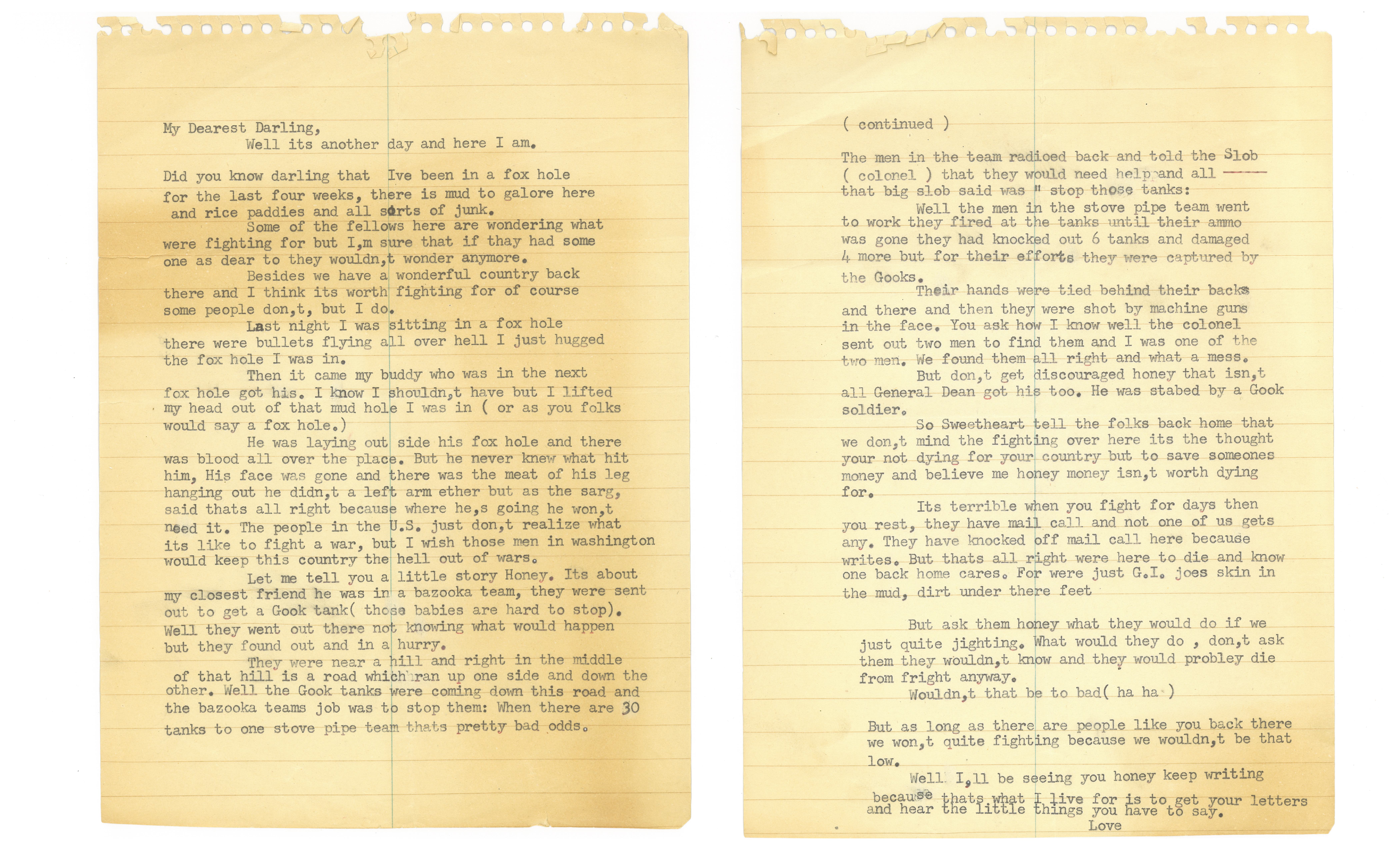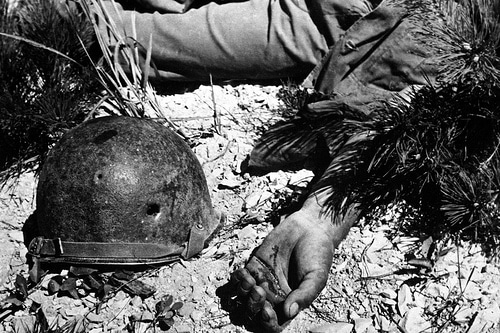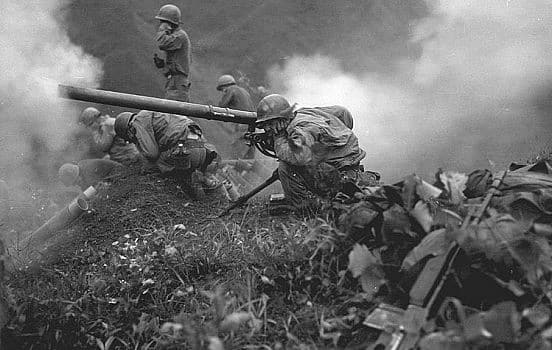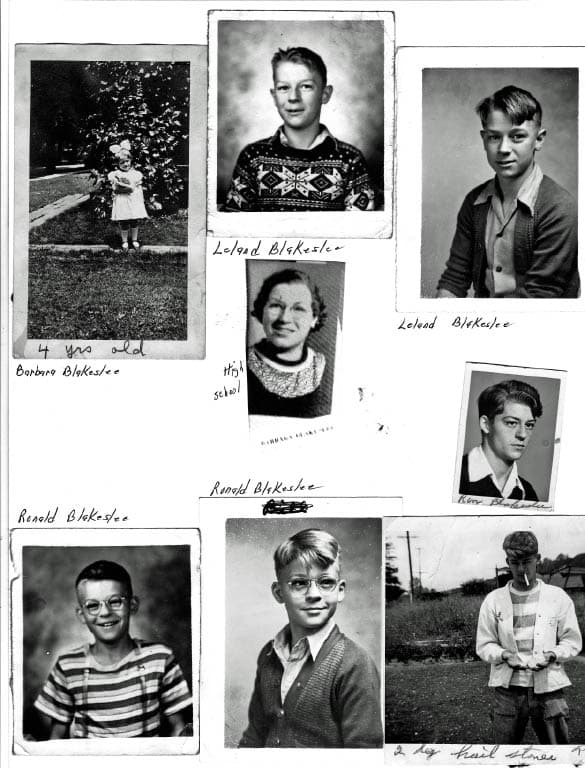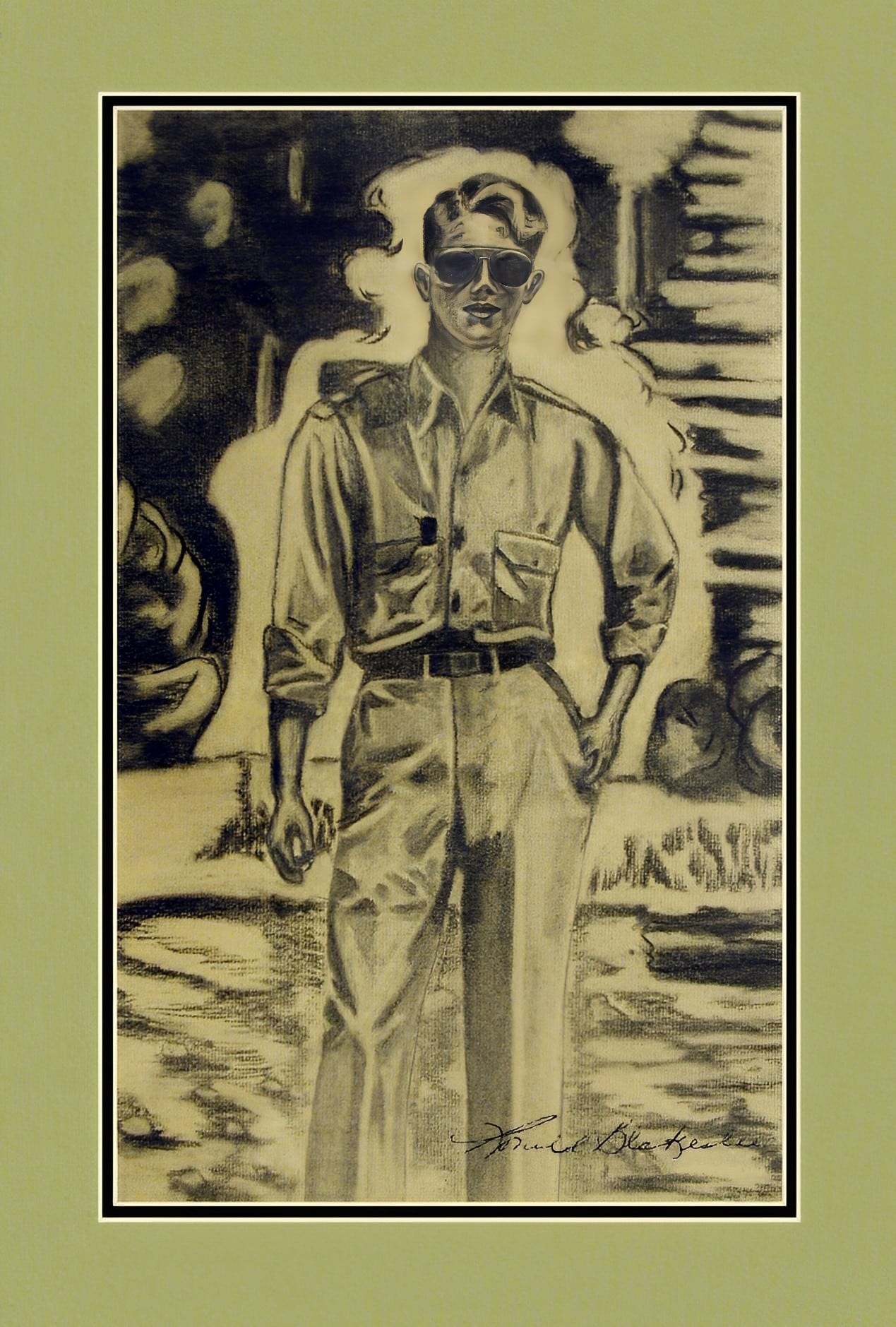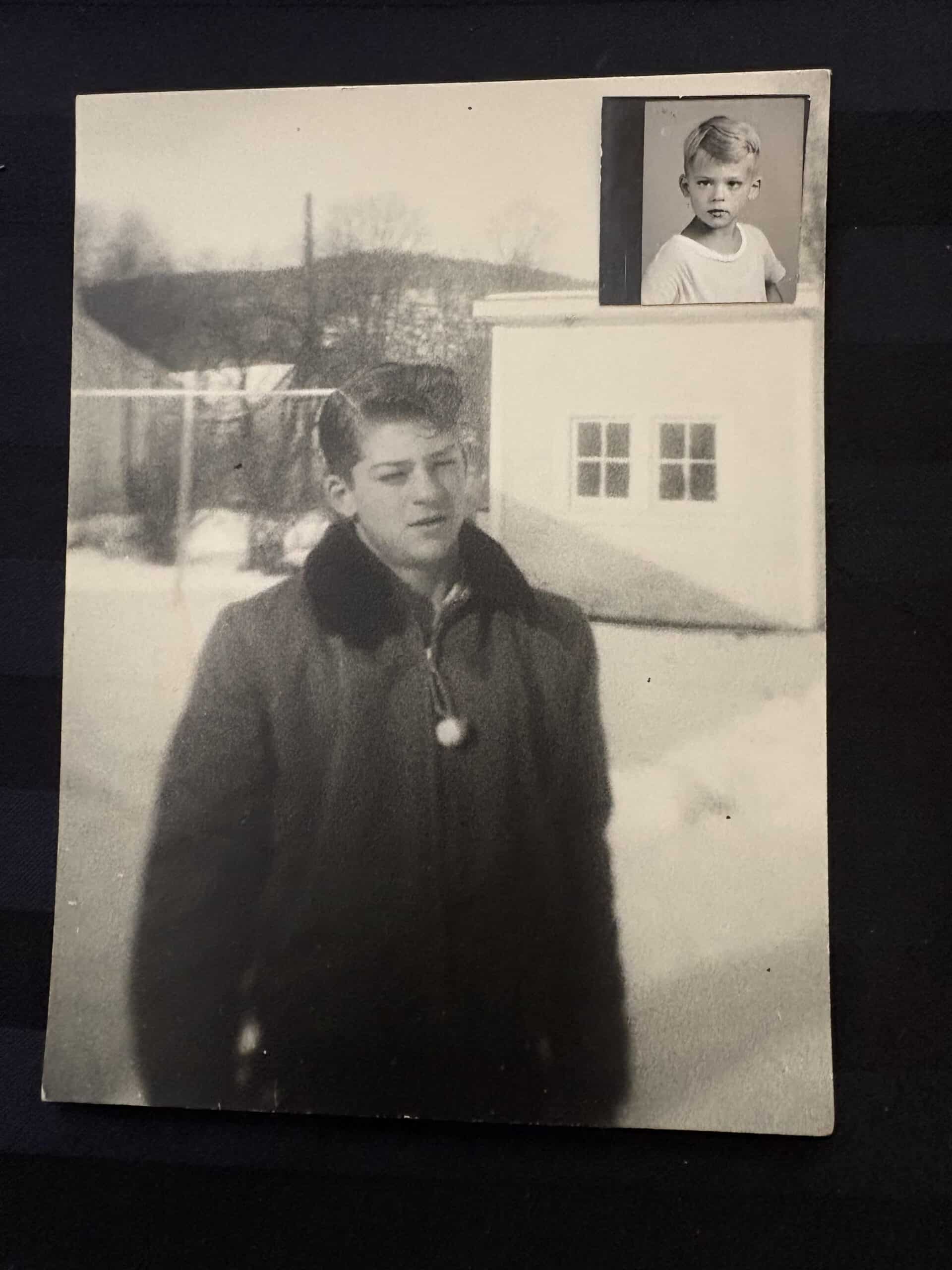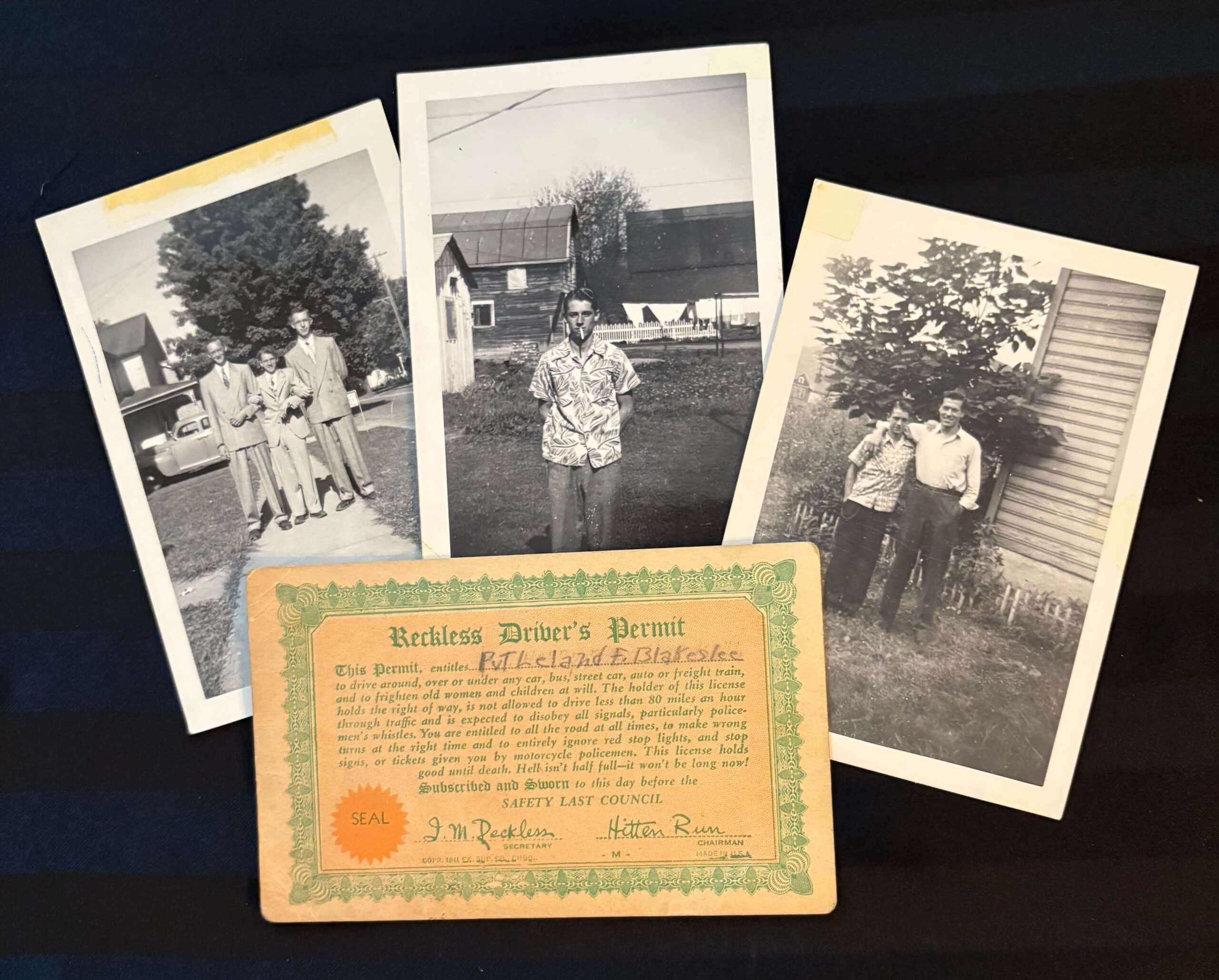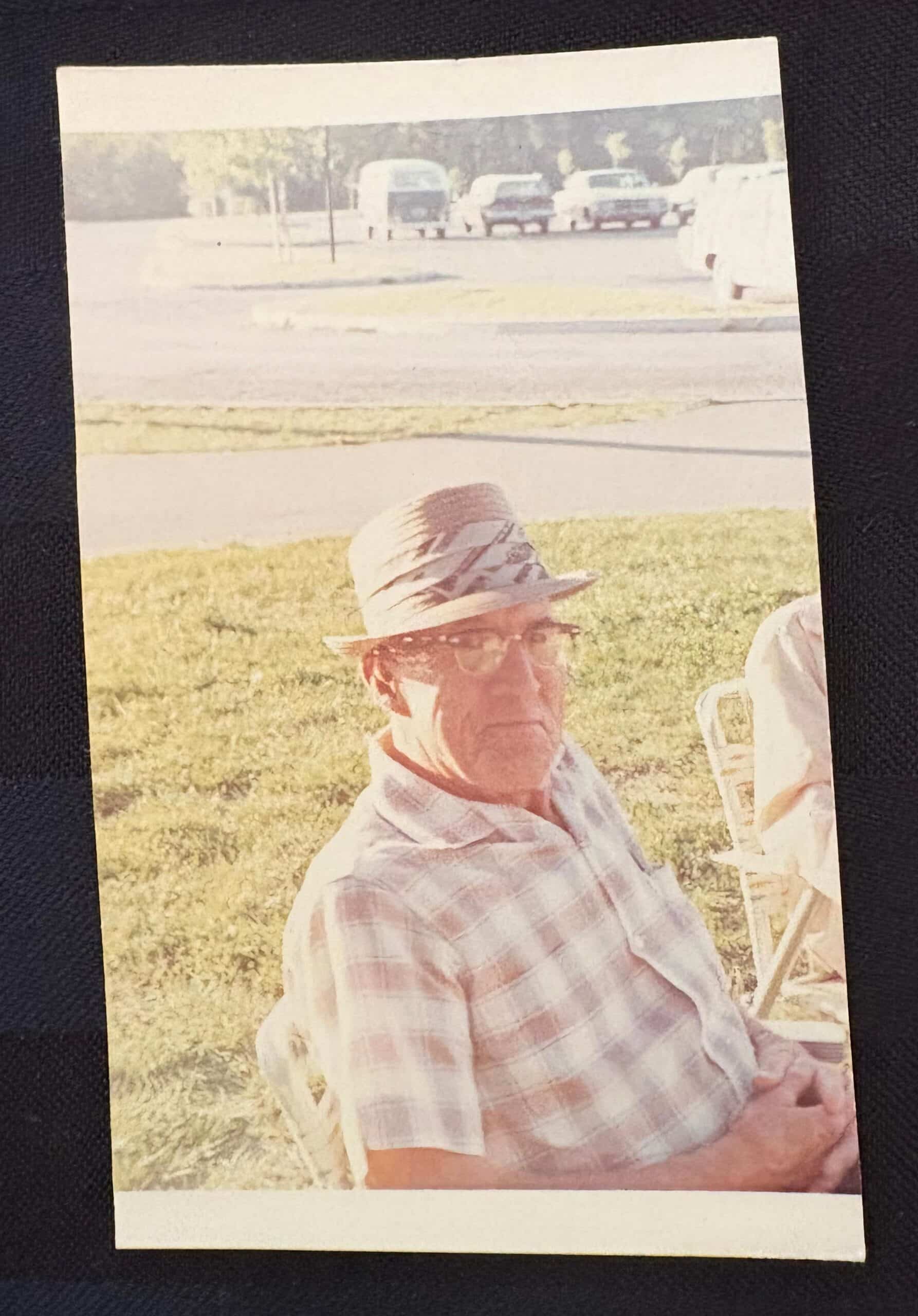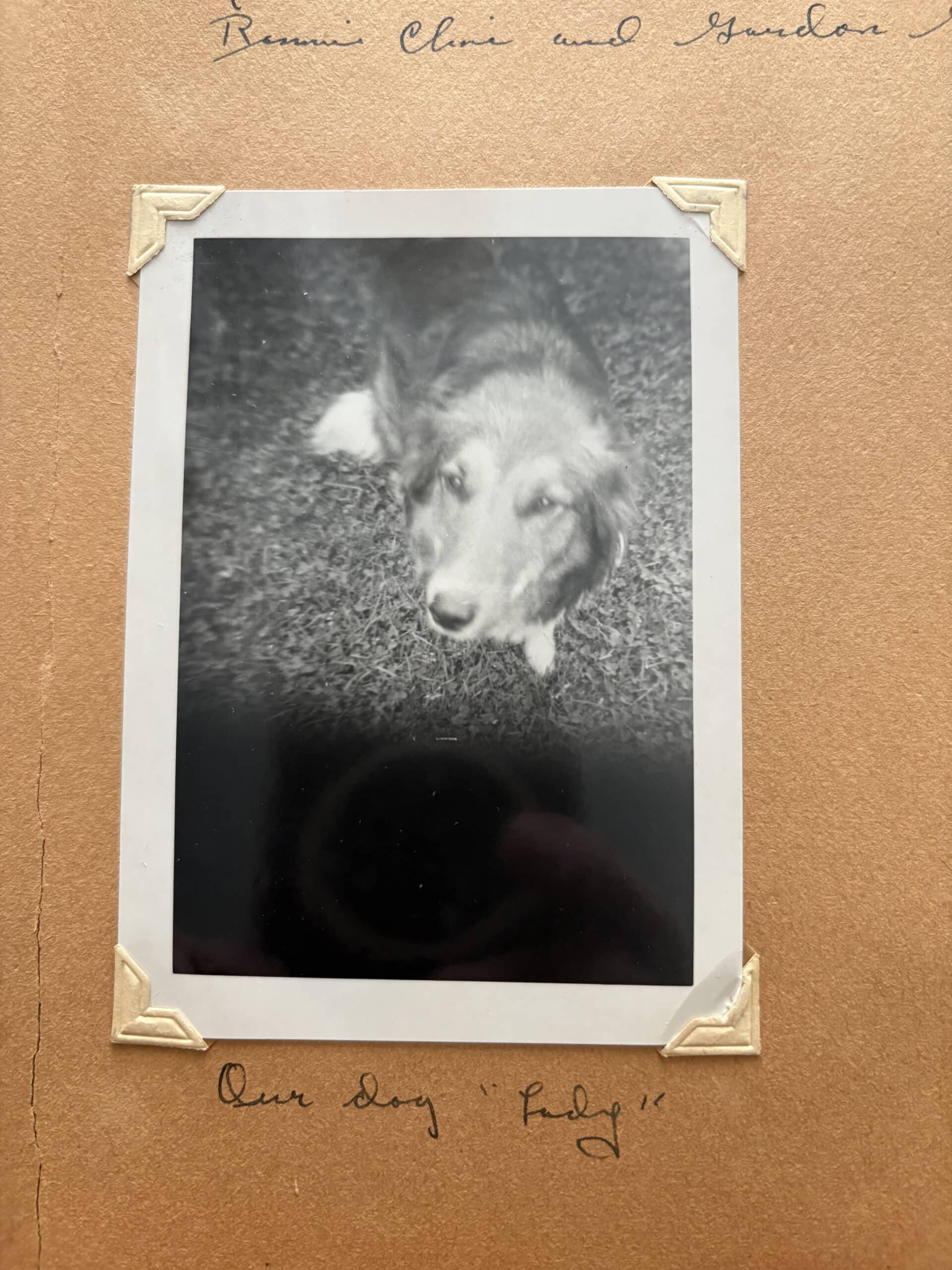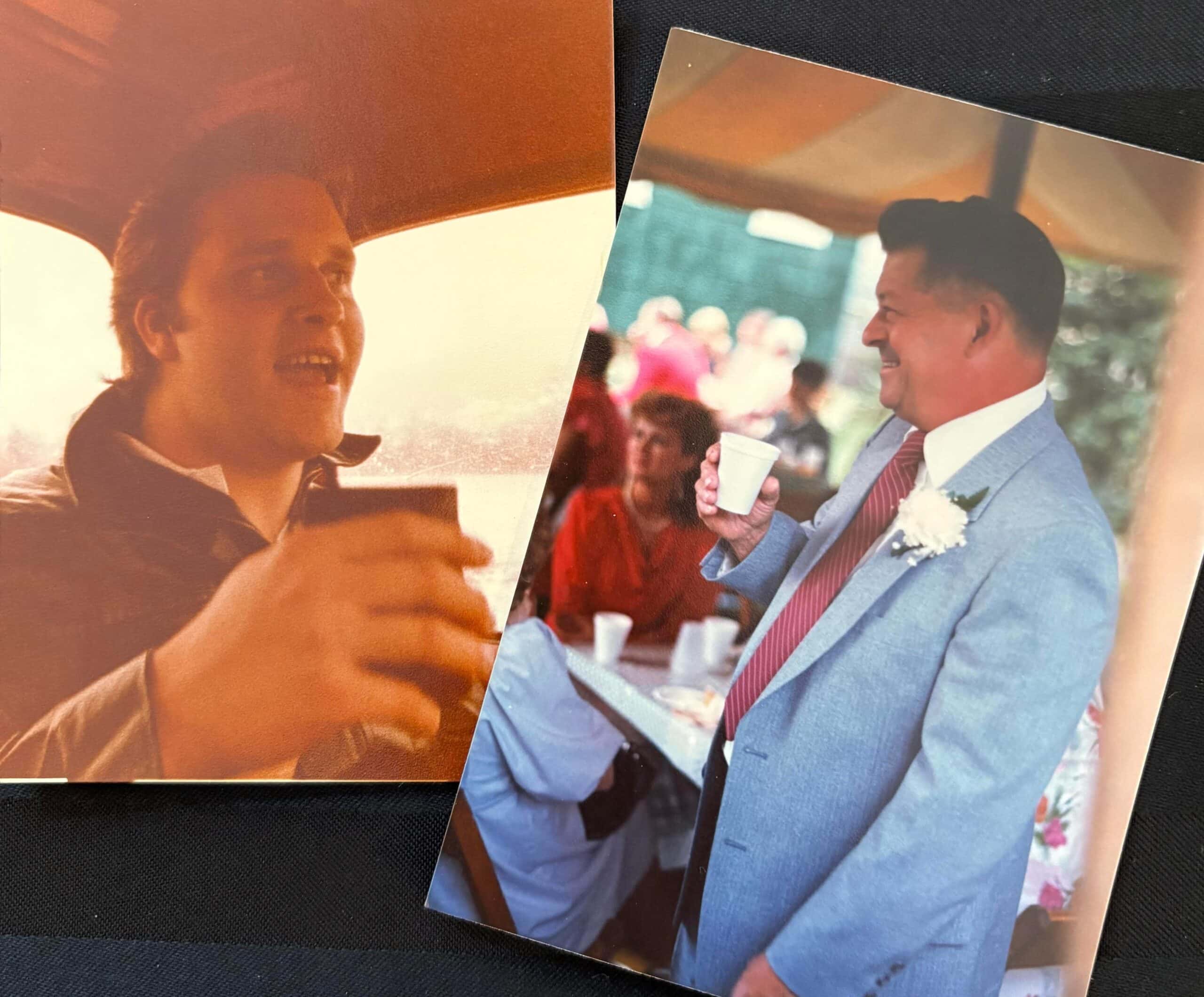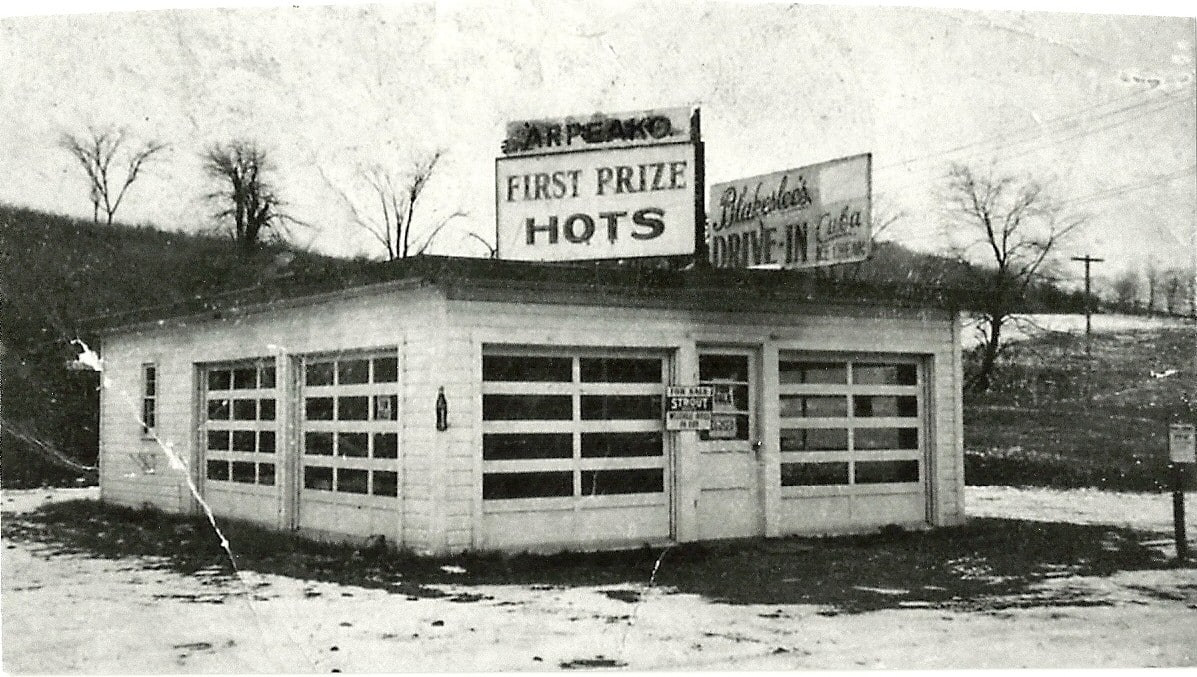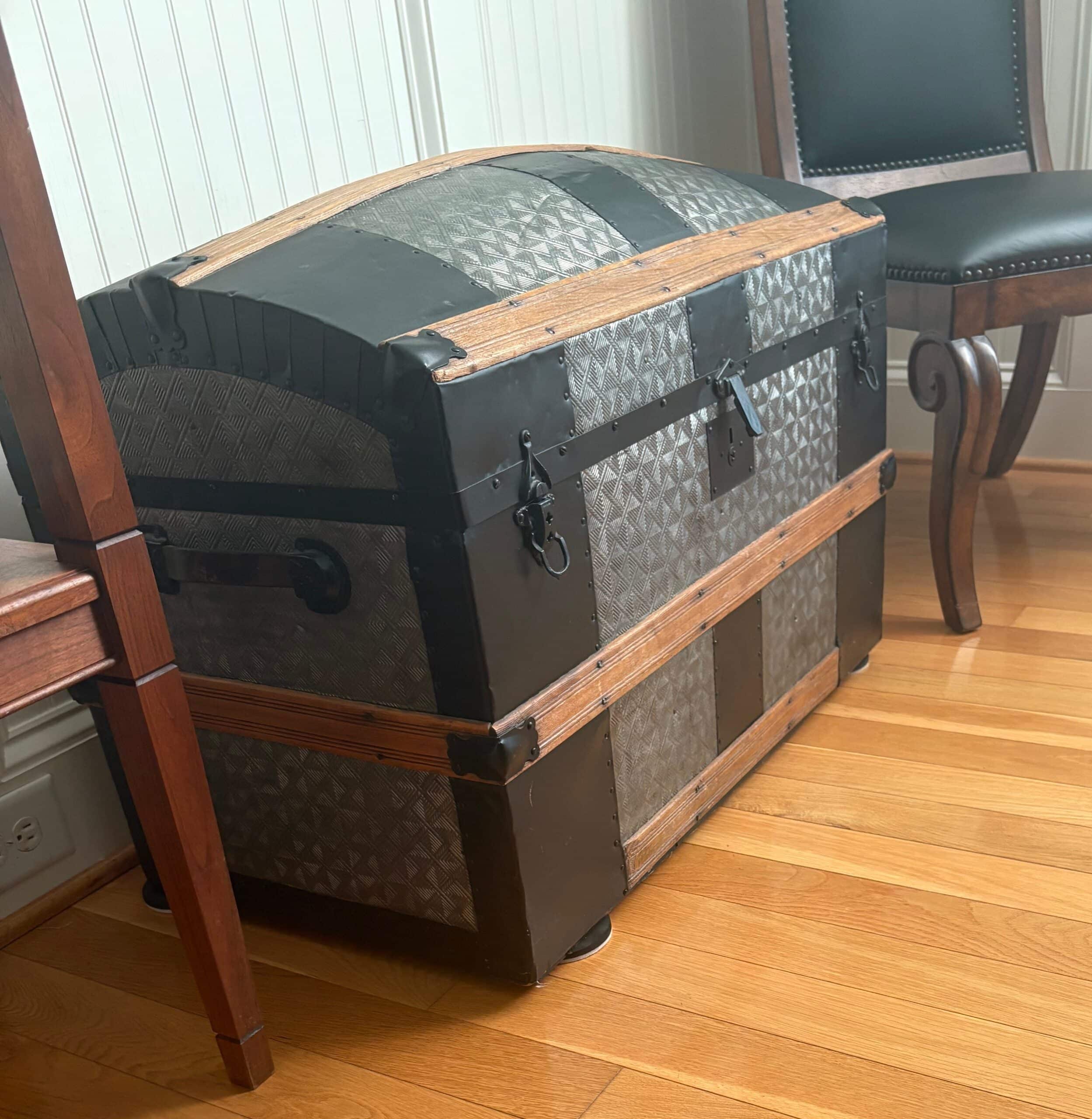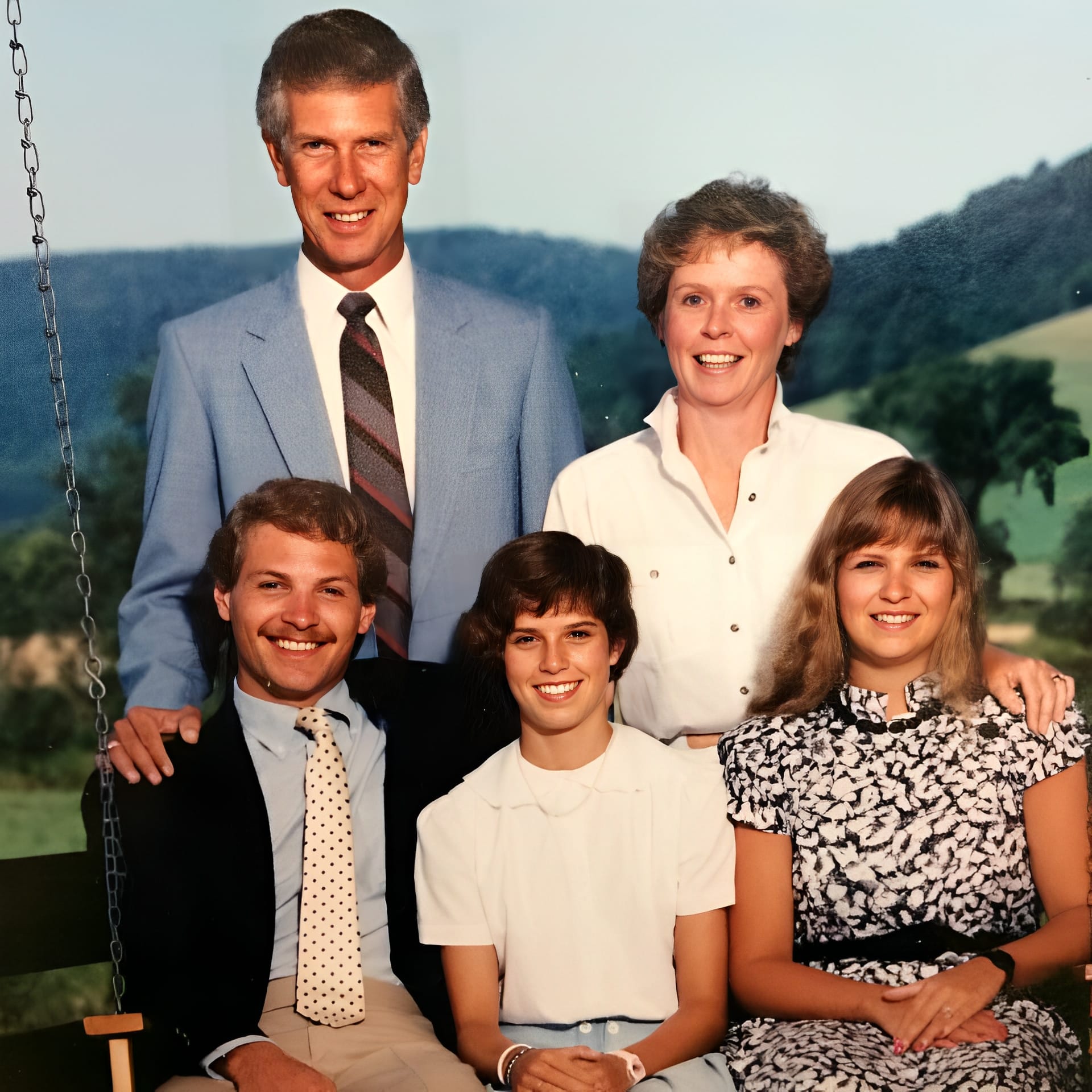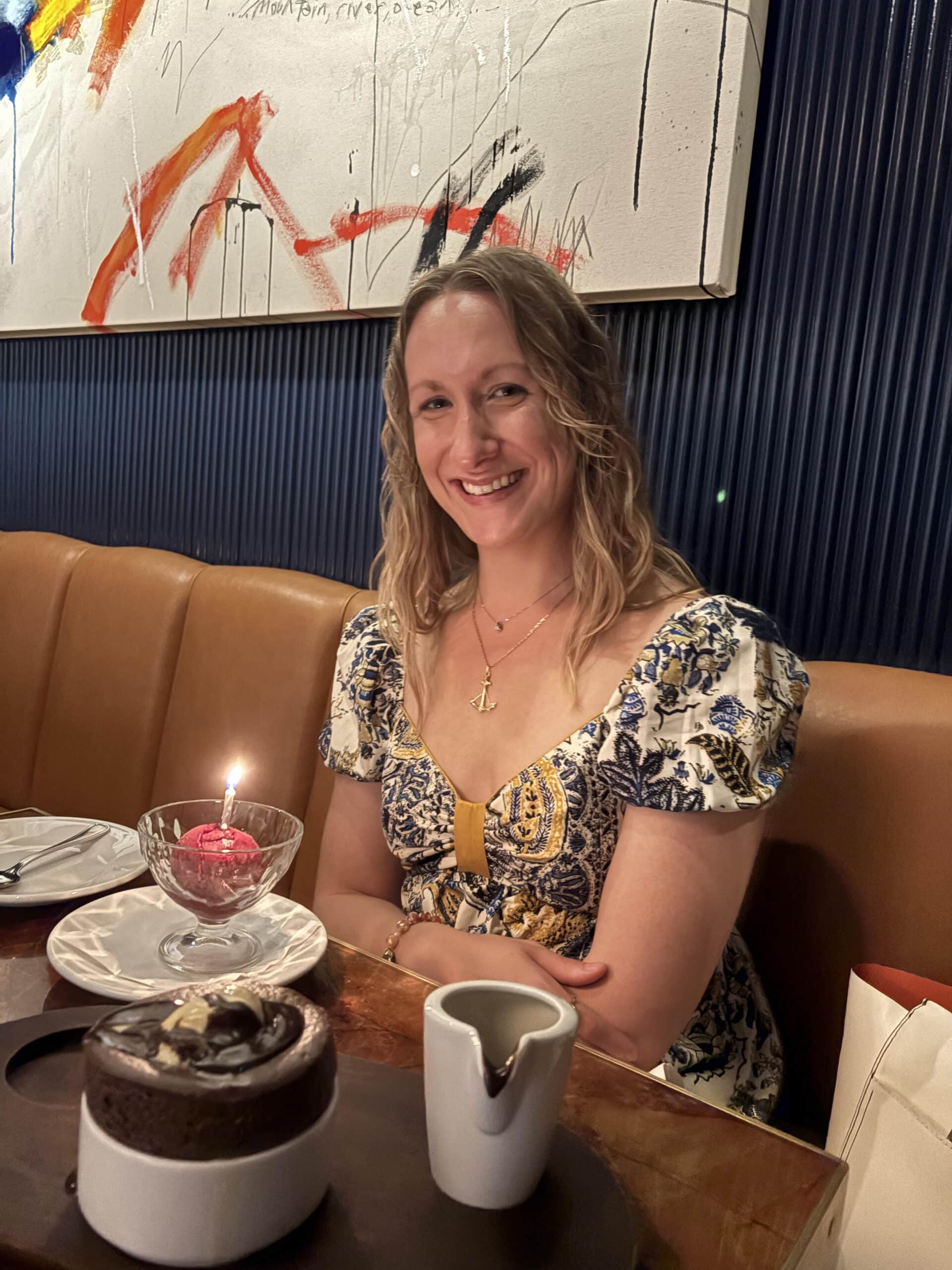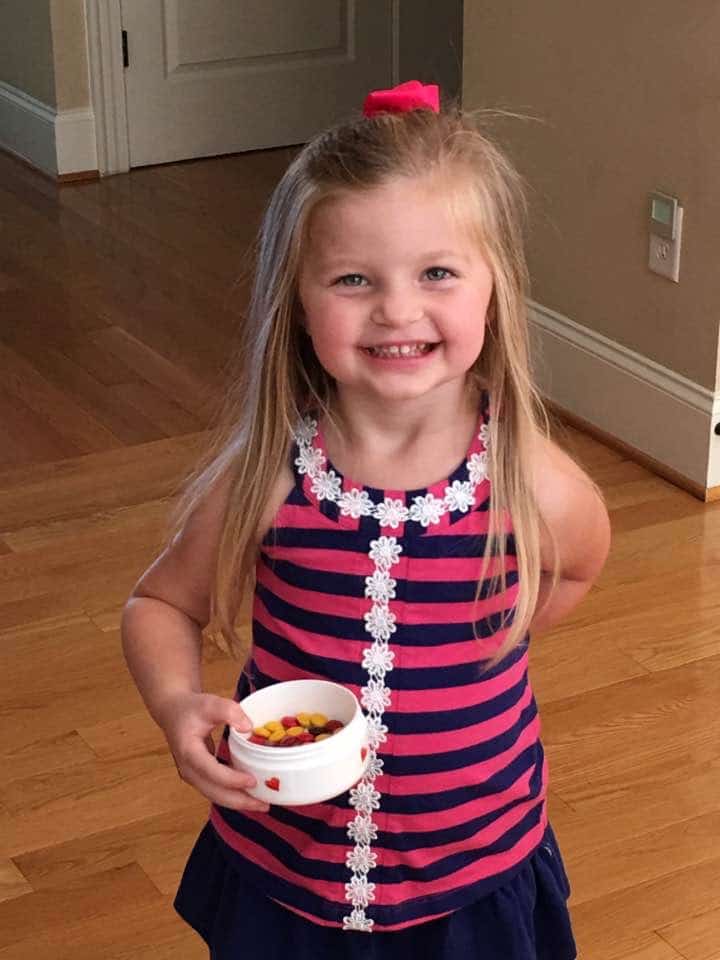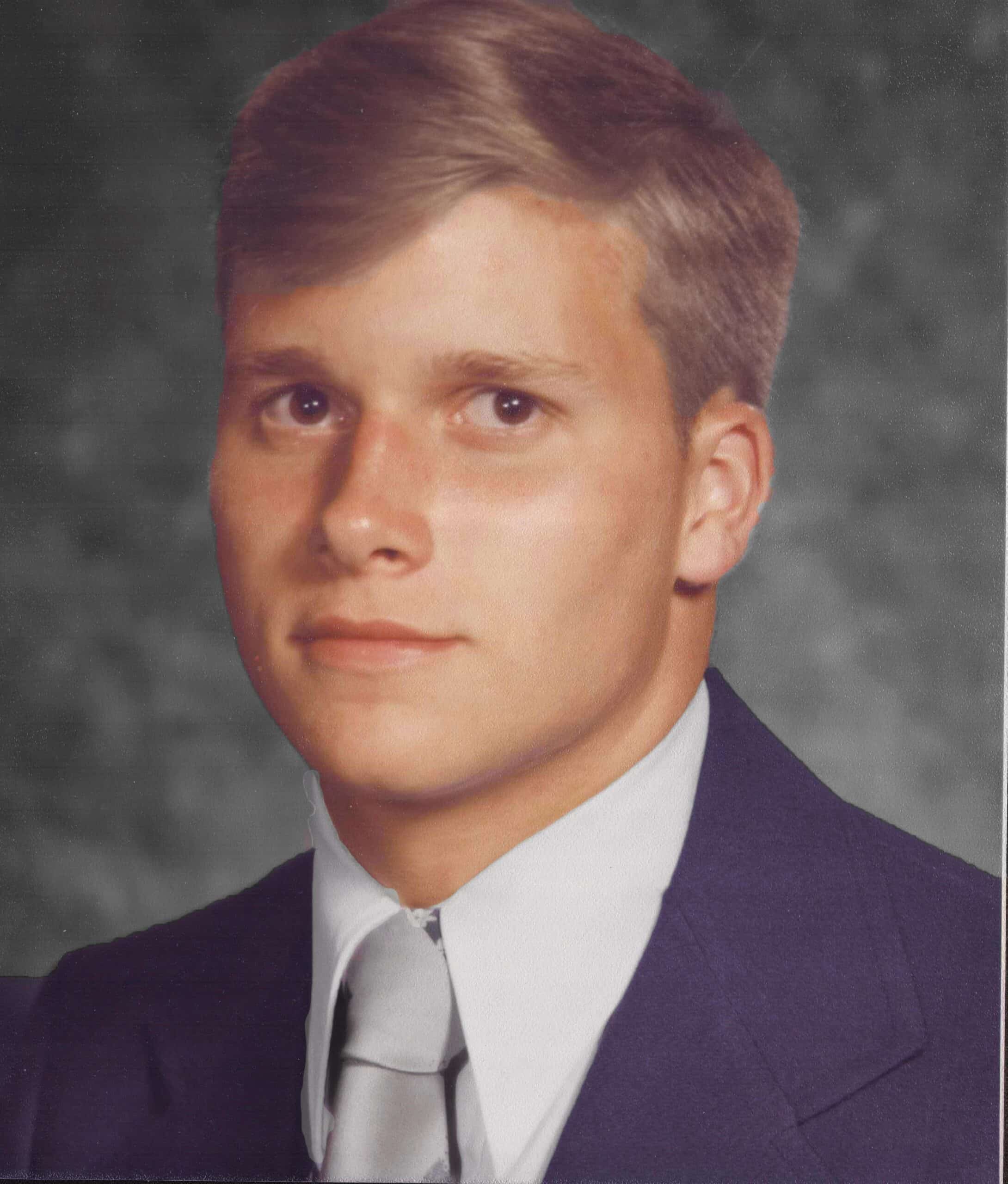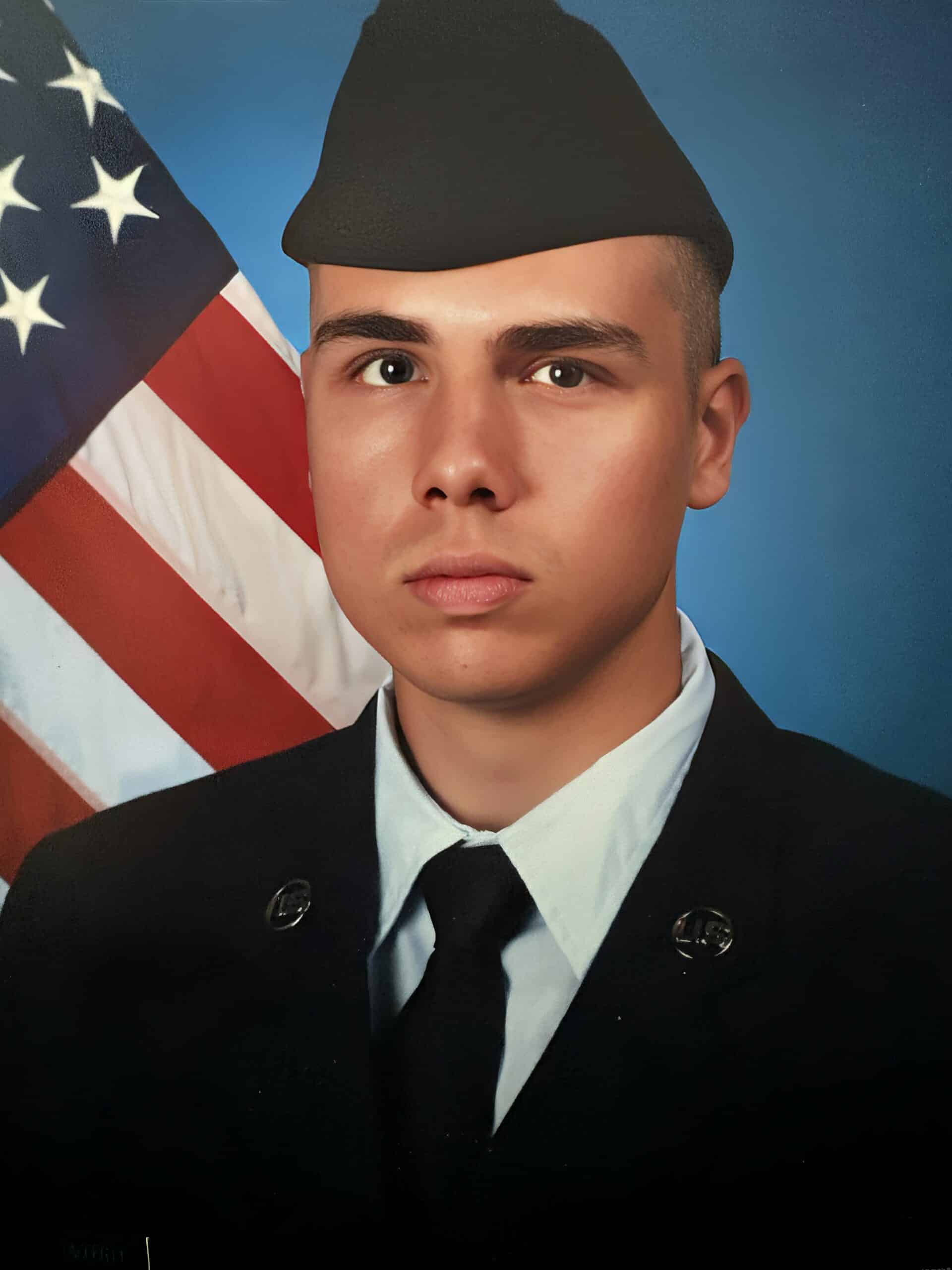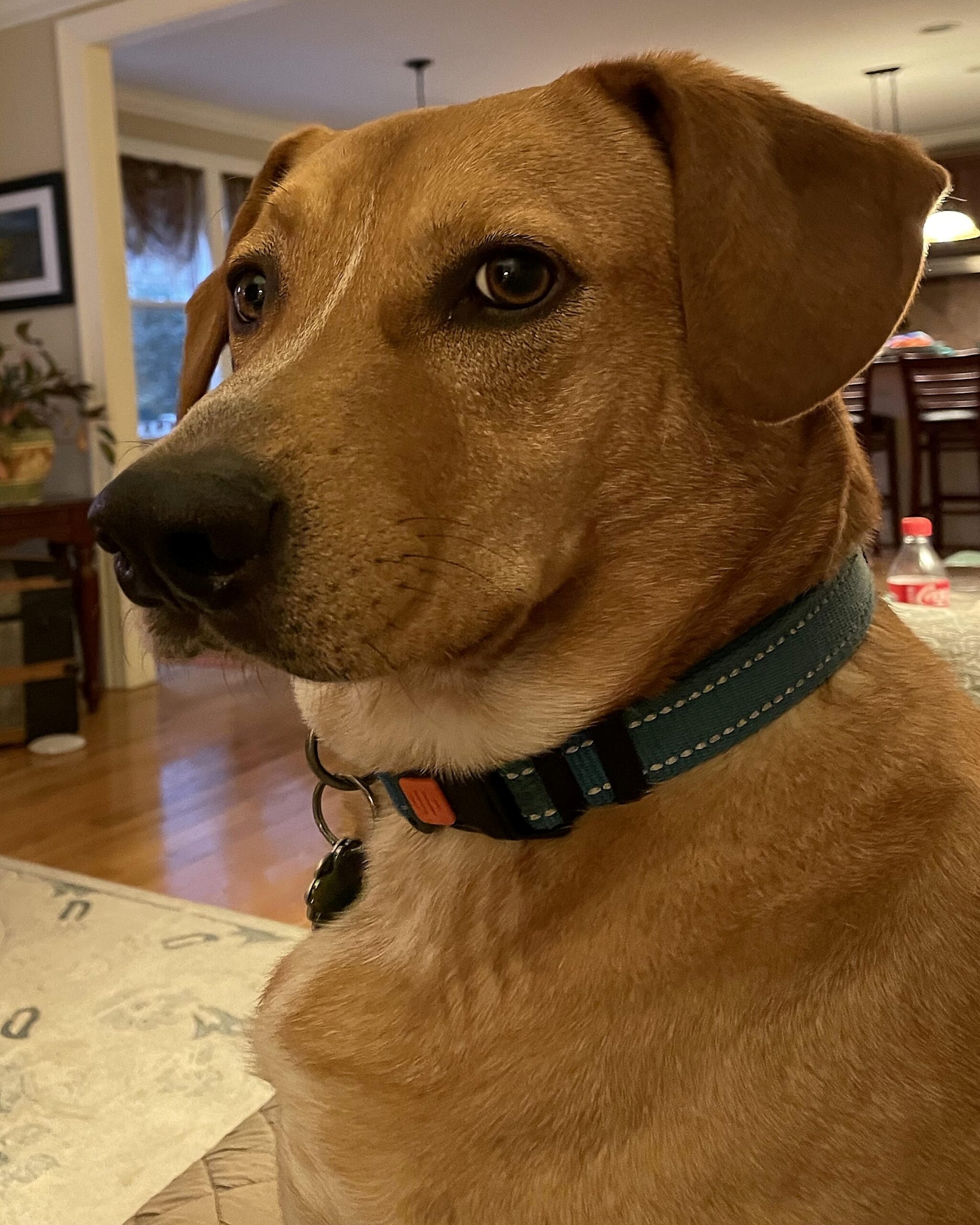Leland by Shane Blakeslee is a powerful work of historical fiction that imagines the life that Leland Blakeslee, a young man killed in the Korean War at 19, might have lived had he survived. The novel reimagines Leland’s journey from a curious small-town boy in Bolivar, New York, to a war hero, and eventually to a visionary engineer whose innovations in hydrogen energy help power homes and even space missions. He becomes a quiet force for global good—bringing electricity to underserved communities, proposing radical ideas for retirement and healthcare reform, and founding a transformative veterans’ haven. Woven with compassion, historical depth, and a sense of profound loss, Leland is both a tribute to the unknown heroes lost in war and a moving meditation on potential, purpose, and the enduring question: What if?
To further explore the inspiration behind the novel, the author has created a unique “Behind the Book” section. This interactive tab system below showcases historical discoveries, archival photos, personal letters, military documents, and other authentic items uncovered during the research process. These curated insights provide deeper context into the real-world influences behind Leland’s imagined life and invite readers to connect even more personally with the story’s emotional and historical roots.
- The Bible
- The Picture
- The Letter
- The Ravine
- The Notice
- The Brother
- The Choice
- The Trunk
- The Catch
- The Glue
The Picture
Every morning, Belle reached for her glasses, then turned her eyes to the photo in its modest gold frame. It sat on the bedside dresser beside her, quietly aging with her.
The black-and-white portrait showed a young man standing by a riverbank, dressed in uniform, one hand in his pocket, eyes shaded by sunglasses—caught forever between the ease of youth and the weight of duty. The edges of the photo had softened with time, like a memory worn thin from too much handling.
And tucked carefully into the frame—a small photograph, slightly faded now—was Leland as a boy. No more than six or seven, in a sailor-striped shirt, smiling softly. The child he had been, placed forever beside the man he would never fully become.
Belle would sometimes cradle the frame. She didn’t pick it up. She never did. That small square of heaven had lived beside her longer than anyone else.
Forty-one years, she reminded herself. Her son had been gone for forty-one years—a number that didn’t feel real, and never would.
His name was Leland Blakeslee. Her third of four children. The boy who had gone off to war—and never come home.
Killed in action in Korea, November 2, 1950. Age nineteen.
The military had returned only a name—folded in a flag, carved in stone, spoken on certain holidays—but not the son she had loved.
Every Sunday, Belle dusted the frame and straightened it, just slightly. Every year on his birthday, she laid a single daisy in front of it—his favorite flower, from childhood summers spent in the fields near home. And every night, before turning off the light, Belle looked into his eyes—those calm eyes, behind the soldier’s sunglasses—and whispered:
Goodnight, son. I love you.
She never expected an answer. But in her heart, she believed he heard.
The room around her had changed. The walls had been repainted once, then faded again. Furniture had come and gone. Visitors—family—stayed in the guest room now and then, always commenting on how little had changed in Belle’s bedroom.
The truth was, she had stopped changing anything after 1950.
To visitors, the space may have seemed old-fashioned, out of step with the passing years. The gold frame itself—a thin, worn edging, corners slightly bent—matched the gentle weight of time in the room.
Her own portrait, in a heavier, newer frame, sat nearby. The contrast told its own story: lives that had moved forward, and a life forever paused. Belle didn’t consider the photo a shrine. There were no candles, no locked doors, no braided ropes. Just a picture by her bedside—the young man and the boy he had been, side by side beneath the glass—and the quiet weight of a mother’s promise kept.
He was still here.
Breathing with her, through the silence of the room.
The Letter
This letter was written by Private First Class Leland Blakeslee on the frontlines of the Korean War and addressed to his childhood sweetheart, Helen. Typed on yellowed paper now stained with age, it captures a raw and haunting glimpse into the experience of a young American soldier in combat.
Leland describes life in a muddy foxhole, the constant fear of enemy fire, and the devastating loss of friends beside him. His tone is intimate yet unflinching. He recounts the death of a fellow soldier in harrowing detail and reflects on the futility and waste of war—even as he affirms his belief in the country he’s fighting for. Through the story of a bazooka team ambushed while facing overwhelming odds, he lays bare the horror and injustice of battle.
Yet even amid the chaos, Leland’s affection for Helen shines through. He longs for her letters. He finds purpose in her love. And despite everything, he urges her not to worry—offering a tender lie to shield her from the truth.
It is a letter written in the mud but aimed at the heart. The voice of a boy trying to sound like a man. A love letter wrapped in war. A glimpse of the life he might have lived.
The Ravine
It was winter, and each breath sliced like broken glass.
Gunfire pierced the hillsides without mercy.
The Chinese had encircled the men of the 8th Cavalry. There would be no reinforcements. No cavalry. Just the final, merciless fact: there would be no way out.
Leland Blakeslee was with K Company, 3rd Battalion, 8th Cavalry Regiment—the same company as Chaplain Emil Kapaun. Together with what remained of his unit, Leland moved fast through a narrow pass cut deep into the Korean earth. He was hunched low, clutching his BAR, the weight of it pulling on his shoulder, the barrel already scorched from overuse. Smoke drifted between the trees like ghosts.
Then it happened.
A burst of gunfire. A metallic ping. A searing pain tore through his side. The impact threw him hard against the twisted remains of a burned-out jeep, the steel frame still warm from an earlier shelling. His helmet slid off. His rifle dropped.
His breath caught as white-hot pain tore through his ribs.
Blood soaked through his fatigues, searing and unstoppable.
He tried to stand. His arms gave out.
He dropped onto the cold earth, his body finally surrendering.
Around him, voices blurred. Shouting. Cursing. Someone called his name—once, maybe twice—but it was hard to tell through the ringing in his ears.
Then, the smoke parted.
And there he was.
Chaplain Emil Kapaun. Calm amid chaos. His glasses were cracked, and one lens was missing. His chaplain's stole fluttered loosely from his neck, stained with ash and blood. But his presence was a lighthouse in the storm—unshakable, unafraid.
Kapaun dropped to his knees beside Leland without hesitation. Bullets whizzed overhead. A grenade exploded nearby, peppering them with dirt. But the chaplain didn’t flinch.
His hands cradled Leland’s face.
“Son,” he said, voice low but clear, “I’m here. You’re not alone.”
Leland tried to speak, but his mouth filled with blood. He blinked rapidly, struggling to keep his eyes open. The pain was blinding, but something in the chaplain’s gaze anchored him.
Kapaun reached into his jacket, pulling out a small silver pyx—the container for the Eucharist. He held it up for a moment, then pressed two fingers to Leland’s brow.
“In nomine Patris, et Filii, et Spiritus Sancti…”
“I absolve you of your sins,” Kapaun whispered, “and I commend your soul to the mercy of God.”
Tears welled in the chaplain’s eyes, not for the first time that night.
Leland looked up at the man above him—not with fear, but peace. The corners of his mouth moved slightly. A faint smile. And then, finally, stillness.
Kapaun remained kneeling, even as soldiers surged past, even as fire lit up the sky.
He stayed with the boy from Western New York until the last breath was drawn and the silence returned.
Then he closed Leland’s eyes and made the Sign of the Cross over his heart.
Of all the possible endings to Leland’s life, this may be the most haunting—and the most true.
He was just nineteen, a boy by any measure but already a soldier, already marked by war. On November 2, 1950, at the Battle of Unsan, Leland stood with K Company as they were swallowed by a frozen inferno—outnumbered, outflanked, and out of time. And there in the midst of that icebound slaughter moved a lone figure in Army fatigues and a chaplain’s cross: Captain Emil J. Kapaun.
Bullets cracked. Men screamed. Blood froze in the dust. And yet Kapaun walked—unarmed, unafraid—through snow and ruin, kneeling beside the dying, lifting the wounded, whispering prayers into ears that would never hear another. He was not a myth. He was there. He was theirs. He was Leland’s.
Chaplain Kapaun would be captured days later, imprisoned by the enemy, and slowly starved. In that bleak camp, he became a legend—stealing food to feed others, fashioning hope from scraps of cloth and scripture, refusing to abandon even the weakest. He died so that others might live. Decades later, the United States would drape him in the Medal of Honor.
And Leland? He fell in that final stand, alongside his chaplain, his brothers, and the battered soul of his company. No spotlight. No last words. Just a nineteen-year-old kid from Western New York, caught in the machinery of history—and lost.
But not forgotten.
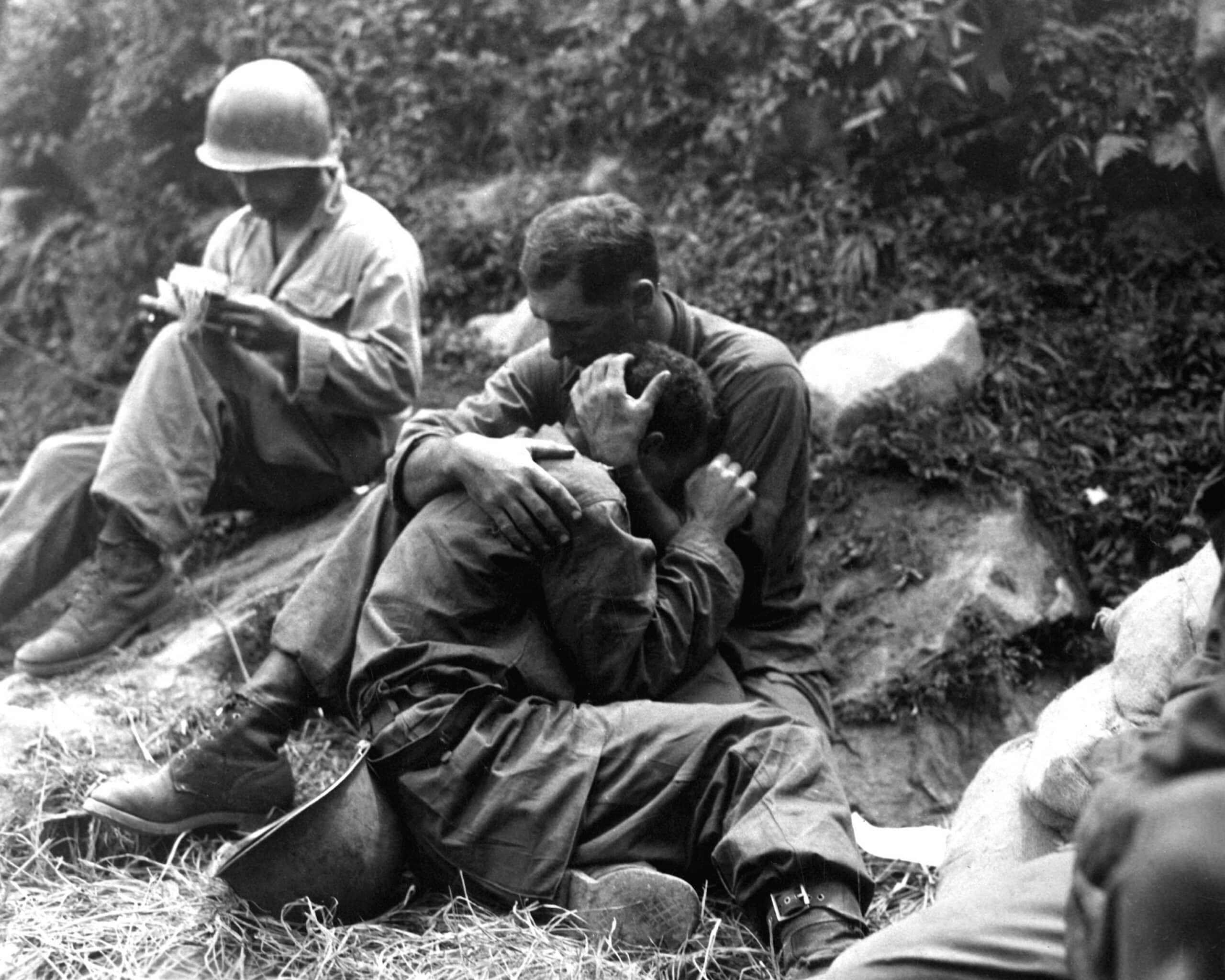
NARA FILE # 080-SC-347803
WAR & CONFLICT BOOK #: 1459
The Notice
On December 11, 1953, after more than three years missing in action, the U.S. Army officially declared Sgt. Leland F. Blakeslee dead.
The young man from Bolivar, New York, had disappeared in the chaos of battle near Unsan, North Korea on November 2, 1950. He was just 19 years old.
The announcement arrived not as a surprise, but as a heartbreak long expected. Leland had been missing for more than 36 months—through holidays, birthdays, and seasons that changed without him. For his family, the telegram merely confirmed what their grief had already come to understand.
Leland Blakeslee was born on June 28, 1931, in Bolivar. He was the kind of student who left a mark—editor of the high school yearbook, an athlete, a musician in the band, a captain in the National Guard. Just days after graduation, he enlisted in the Army and volunteered for combat.
He was awarded the Bronze Star for heroism under fire—holding off a grenade assault by overwhelming enemy forces on September 8, 1950, just weeks before he vanished.
Leland’s death was never witnessed. His remains were never recovered. But those who knew him carry no doubt about the kind of man he was. In life, he was a son, a brother, a sweetheart, a soldier. In death, he became something else: a symbol of sacrifice, youth cut short, and love left behind.
A handwritten note on the newspaper clipping reads:
"Was member of church. Left out."
Even now, the small omissions matter. Because Leland mattered.
The Brother
Ronnie idolized his older brother Leland. He was a talented artist with a quiet intensity. When news came that Leland was missing and presumed dead, Ronnie sat down with “The Picture” — a treasured image of his brother — and created a charcoal sketch from it.
When he finished the sketch, he made another decision. He enlisted in the United States Air Force.
Though his parents strongly discouraged it, Ron went anyway — determined to find his brother.
He volunteered for one of the most dangerous assignments in the military: COINS — Covert Operations and Insurgence. His role was to go behind enemy lines, evaluate the condition of downed pilots, and decide whether they could be brought out alive.
Ron never spoke much about what he saw. But the one and only time he was ever seen openly weeping and sobbing was the one and only time he talked about the COINS.
There was another side of Ron that not many people knew. From the time he was a young boy, he talked about adopting a child. Most people thought it was a little strange — but that never deterred him.
Ron married Shirley Jean Torrey on April 4, 1952. After finishing his USAF service, the couple welcomed a daughter on January 10, 1958: RoJean Diane Blakeslee. Her name was a blend of “Ro” from Ron and “Jean” from Shirley’s middle name — a perfect tribute to them both. Ron always had a creative side.
But after RoJean was born, Ron began talking about adoption again. This time, people found it even stranger — after all, they had just had a child of their own.
Still, Ron was undeterred.
One day, he picked up the phone and called the Allegany County Department of Social Services in Belmont, New York. They told him that when a child needed a home, they would call and invite him to “look the child over.”
Ron replied plainly:
“If I come over, there won’t be any ‘looking the child over.’ I’m bringing them home.”
And that’s exactly what he did.
Just after Christmas in 1959, Ron and Shirley brought their three-month-old son home. His name was Shane Michael Blakeslee.
The Choice
Shirley Jean Torrey was born on August 1, 1933, in Ceres, New York.
Her parents, Adrian and Nina Torrey, were struggling to stay afloat during one of the darkest years of the Great Depression.
Shirley was one of six children—Adrian, Bob, Bruce, Jerry Lou, and Tim.
They were a close-knit family that worked hard and played hard.
The Torrey kids excelled both in the classroom and on the field.
They were standouts at Bolivar Central School, where athleticism seemed to run in the blood. Bob’s son would later become a star running back at BCS, then play for Penn State and in the NFL.
Years later, when Shirley’s children were grown, they were asked what they remembered most about their mother.
Their answer came slowly—too slowly.
That hesitation was both frightening and disappointing.
Eventually, they reached a conclusion: their mom’s life was ordinary.
But let’s take a closer look at that “ordinary” life.
Shirley cooked. She cleaned. She sewed. She did laundry—including ironing (who even does that anymore?). She cleaned houses to supplement household income. She was the office manager for two local construction business simultaneously – Mazza Roofing and Crisafulli Construction, working there until the day before she died.
She hosted visiting dignitaries from the church.
She played both piano and organ.
She worked as an executive secretary at Dresser-Clark, the area’s largest employer.
She was wife to Ron.
Mother to RoJean, Shane, and Gregg.
Shirley was fierce—but she was kind and loving, too.
Just ask the boys. They’ll tell you about the time their sweet, loving, never violent, mother whacked one of them on the head with a cast iron sandwich maker. (there ought to be an 800 number for that.) Their dad, Ron, saw the whole thing. He asked them the same thing he always asked when they got into trouble: Did you learn anything? Still stunned, Shane and Gregg didn’t say anything. Ron then said: You should have learned that you should always steer clear of a woman in menopause. They really didn’t know what that meant, until later.
As high school graduation approached, Shirley faced a decision:
She could take the traditional path—devoted wife, stay-at-home mom, faithful church member dedicated employee
Or she could pursue the path of “importance.”
Shirley chose both.
The Trunk
It was old. Worn. Rusted through.
Discovered off Transit Hill Road near Belmont, New York, the steamer trunk looked like it had weathered a century of storms. Its metal was coated in thick rust. The leather handles had long since crumbled. The wood trim was splintered and gray with age. Inside, it was in one word: toast.
And yet—it was impossible to ignore. The shape. The weight. The quiet dignity. Whoever left it there knew it meant something. Whoever picked it up couldn’t let it go.
Next stop: a funeral home. Yes, you read that right.
Spinks Funeral Home in Olean, NY—run by Ray Spink and his son Brad—had served the community for generations. The Spinks were known throughout Olean for their quiet kindness and unwavering integrity.
Behind the funeral home sat a three-bay garage. In the bay next to the hearse, a man named Steve Baldwin rented workspace. Steve wasn’t just good with machines—he was a mechanical genius. He could take a chunk of angle iron, an old engine block, and turn it into a roaring '68 Pontiac Firebird. Give him enough time, and he could bring almost anything back to life.
But Steve wasn’t just gifted—he was generous. He often opened his workspace and shared his tools with friends. That’s how The Trunk found its second chance. Sanded, cleaned, reinforced, and reborn.
Once restored, the trunk became something more than storage. It became the family archivist.
Inside it now rests a quiet treasury:
– Leland’s Bible, given to him by his mother.
– A charcoal sketch of Leland, drawn by his brother Ronnie.
– Faded photographs: Leland’s sweetheart Helen. His mother Belle. His dog, Lady.
What was once rusted and forgotten by the roadside is now the keeper of a family’s most sacred pieces—transformed from rust to remembrance.

The Catch
To my partner, wife, and best friend.
27 years of happiness and love.
Grateful for sharing our life together.
Forever my lovely bride.
The Glue
Dean’s not just the family dog. He’s the glue. The steady, warm, always-there kind of glue that holds everyone a little closer, even if they don’t realize it.
He’s six now—right in that sweet spot where he still loves to play, but he’s got this calmness to him too. A quiet wisdom. Dean sees everything, hears everything, and somehow makes it all feel okay. He’s got those deep, thoughtful eyes—like he understands more than he lets on. He doesn’t need words—just one look, and you feel it: unconditional love.
You’ll find him stretched out by the couch, curled up on the bed, or just sitting there watching the world go by, like he’s the unofficial guardian of the house. He doesn’t need to bark for attention. He just *is*, and that’s enough.
And the thing is, Dean brings people together. He’s the reason someone might come into the room just to give him a scratch, and then stay to talk. He’s the soft landing after a rough day. The cuddle buddy. The listener. The reason we all sit just a little closer.
He’s not loud. Not dramatic. Just... solid. Loving. Present.
That’s Dean. He’s the heart of the house, the best kind of glue—stuck to us in all the best ways.




